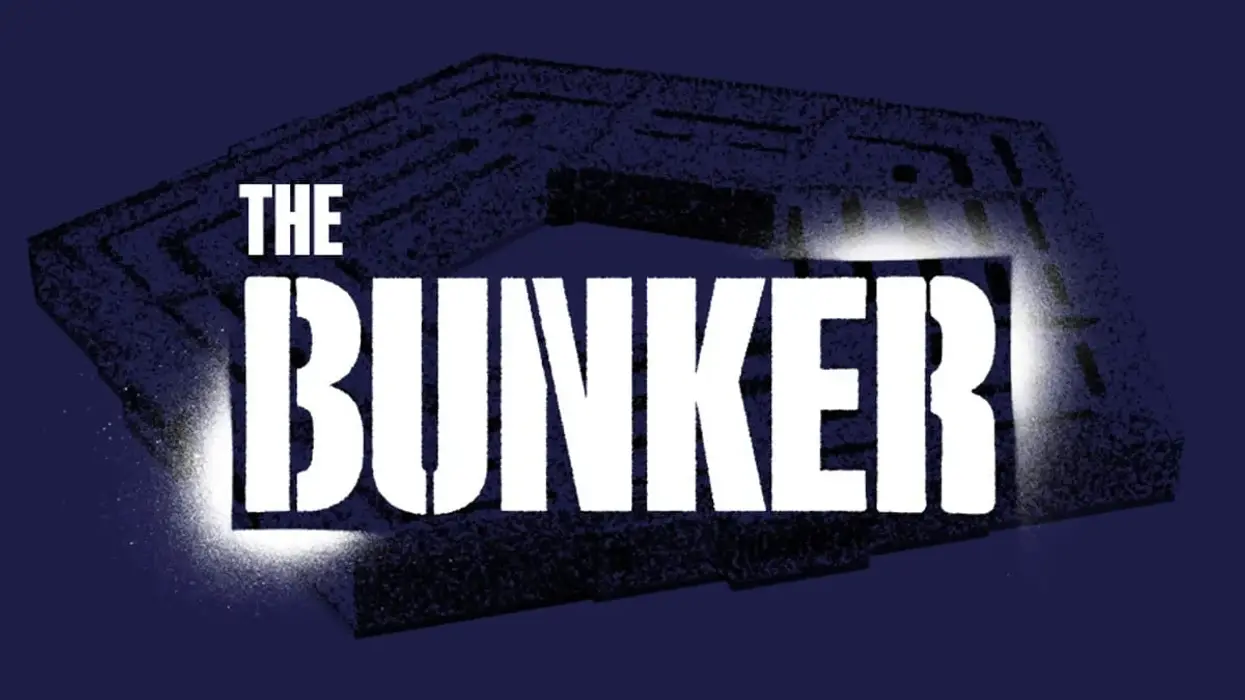The tools government officials use to speak to the American people have changed drastically over the last hundred years. From television to Twitter, each advancement in communication technology leads to more opportunities for our leaders to engage with the public. If you happen to be one of the 134,500 people following the Secretary of Defense Mark Esper, you may have seen a tweet on your timeline over the weekend that reads, “Modernizing our strategic nuclear forces is a top priority for the @DepartmentofDefense and the @POTUS to protect the American people and our allies.”
This statement made waves. Replies ranged from policy professionals duking it out over the value of our strategic deterrent to a nurse practitioner and Navy veteran in Tacoma, Washington saying that the top priority should be medical supplies. Given the global pandemic that continues to affect the lives of every single American, the Secretary of Defense’s tweet clearly came across as tone-deaf to many. But it also revealed just how misguided some of the Pentagon's priorities are right now.
The modernization program Esper tried to protect via tweet was already taking criticism for its exorbitant costs, unrealistic timelines, and likelihood of complications. The modernization bow waves on both the conventional and nuclear sides were already beginning to bear down on our defense budgets, and COVID-19 may prove to be the exogenous factor that forces a new assessment of many of DoD's long-term force structure plans.
Most of the nation’s current nuclear forces — both delivery platforms and warheads — are nearing the end of their service lives. Naturally, the time has come to make decisions on which systems to invest in or divest of. Policymakers, like Esper, will have the opportunity to shape those priorities over the next few years and determine what our force structure will look like for the next 30 to 50 years.
The current nuclear modernization plan is designed to adhere to the New START Treaty’s central limits and will cost American taxpayers over $1.7 trillion over the next 30 years to implement — consuming five to seven percent of the defense budget annually. As it stands, this large group of investment priorities will all require considerable resources if the next few administrations stay the current course.
To upgrade the ground leg of the triad, the nuclear modernization plan calls for developing a new Intercontinental Ballistic Missile (ICBM) and renovating all current ICBM silos. For the air leg, the modernization plan includes two new capabilities, the B-21 Raider bomber aircraft and the Long-Range Standoff (LRSO) cruise missile. The Air Force also planned for a Life Extension Program (LEP) for the B61 gravity bomb known as B61-12. The sea-based leg of the triad will consist of 12 Columbia-class submarines armed with refurbished Trident D5 submarine-launched ballistic missiles (SLBM) equipped with updated W76 and W88 warheads.
Now, that’s a lot of programs. And all of those programs are not equally valuable, as many officials would have the public believe. But what’s nearly as problematic is that all of these various weapon systems are slated for development, production, and deployment over roughly the same 15-year time span — from 2020 to 2035. Their production timelines overlap and will begin demanding a larger portion of the defense budget each year. It is eminently possible that the current plans for overhauling nuclear assets could end up competing for funding with each other — or with conventional priorities.
As these production costs grow exponentially, the Pentagon will now need to reassess its current plans based on feasible estimates for future funding that are guided by the need to prioritize far more acutely. Navy officials already claim to be tight on funds given the 30-year shipbuilding plan and started to walk back from the 355-ship model they announced only a few years ago. Esper himself already weighed in, asking the Navy to find “efficiencies” to make existing funds available to reprogram for more ships.
That new ICBM program also exhibits early warning signs of impending waste, fraud, and abuse after the contract went to a single company, which is highly irregular, especially for a contract of this scale. The Congressional Budget Office also frequently suggests deferring the B-21 Raider program for at least ten years in order to free up the Air Force budget for other competing priorities like the KC-46A tankers and the troubled F-35 fighter jets.
The most worrying part of all of these warning signs? These potential problems were already in the pipeline before the COVID-19 pandemic and these downstream consequences become untenable in a far more competitive budget cycle. The $2 trillion stimulus package and any additional assistance will need to eventually be accounted for in our long-term spending. Experts from both sides of the aisle have drawn similar conclusions that defense spending will need to take its turn on the chopping block. It’s time to give serious consideration to options for reducing Pentagon spending and focus on the missions that are truly essential to our national security.
Poor planning created conditions where the nuclear and conventional bow waves will coincide in an era when annual defense budgets cannot grow much more without dangerously affecting the country’s debt and deficits or coming at the expense of sorely needed government aid in the face of an ongoing public health crisis. COVID-19 continues to change the daily lives of every American, but the fiscal ramifications of this crisis will extend beyond the next three months, or six months, or year. Like everything else, the Pentagon must adjust to our new normal, even if that means reconsidering or restructuring the existing modernization plans.
















